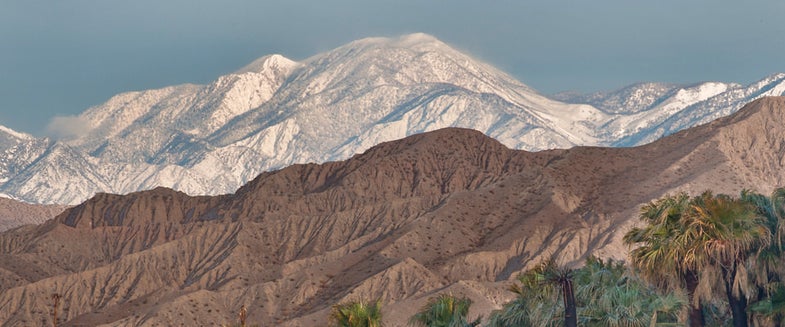Welcome Three New National Monuments In The California Desert
Obama places 1.8 million acres of public land under federal protection

President Barack Obama announced today that his administration would add 1.8 million acres of public land to the list of protected national monuments. During his time in office, Obama has protected more than 265 million acres, both on land and water. Under this new designation, the public land will be closed to new mining and and oil extraction, and will be managed carefully, because of its historic and scientific significance.
The three new monuments–Mojave Trails National Monument, Sand to Snow National Monument, and Castle Mountains National Monument–are all a part of California’s desert ecosystem. A White House fact sheet says that the new monuments “will link already protected lands, including Joshua Tree National Park, Mojave National Preserve, and fifteen congressionally-designated Wilderness areas, permanently protecting key wildlife corridors and providing plants and animals with the space and elevation range that they will need in order to adapt to the impacts of climate change.”
Say hello to our newest national monuments in the gallery.

Mojave Trails National Monument

Mojave Trails National Monument

Sand to Snow National Monument

Sand to Snow National Monument

Castle Mountains National Monument